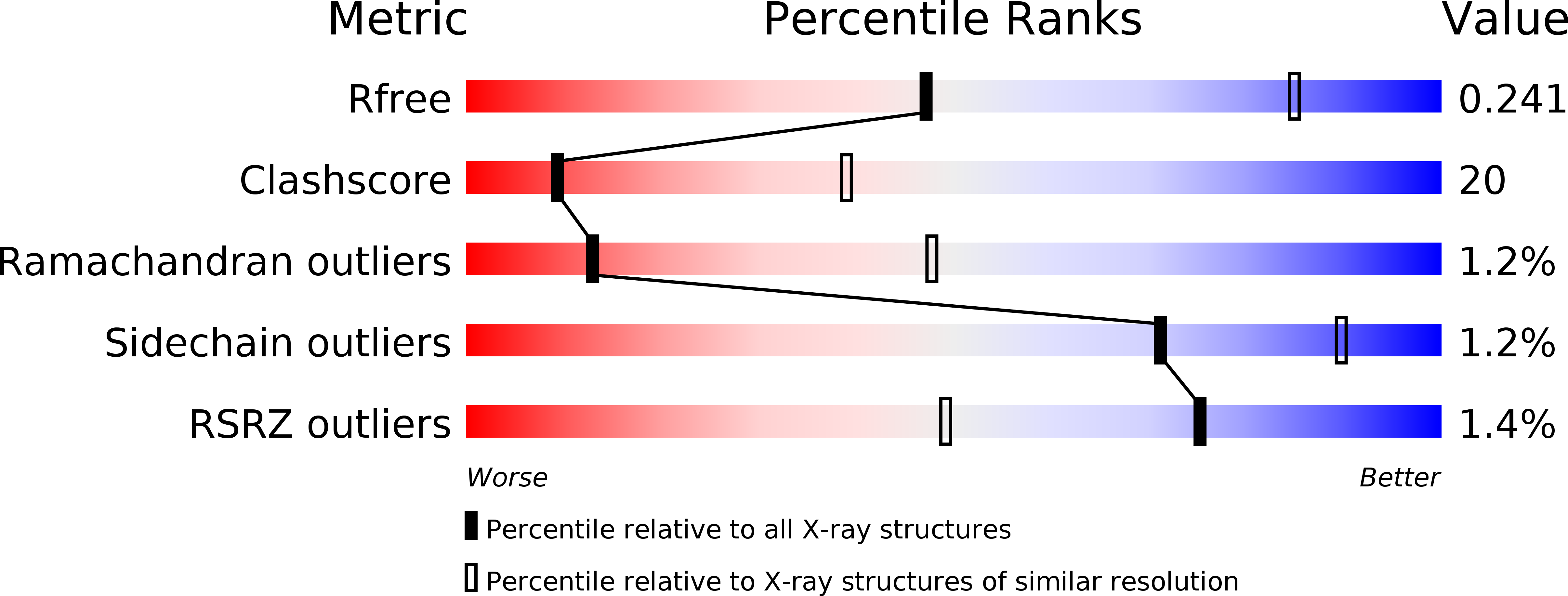
Deposition Date
2001-03-10
Release Date
2001-05-16
Last Version Date
2023-08-09
Method Details:
Experimental Method:
Resolution:
3.00 Å
R-Value Free:
0.24
R-Value Work:
0.19
R-Value Observed:
0.20
Space Group:
C 1 2 1


